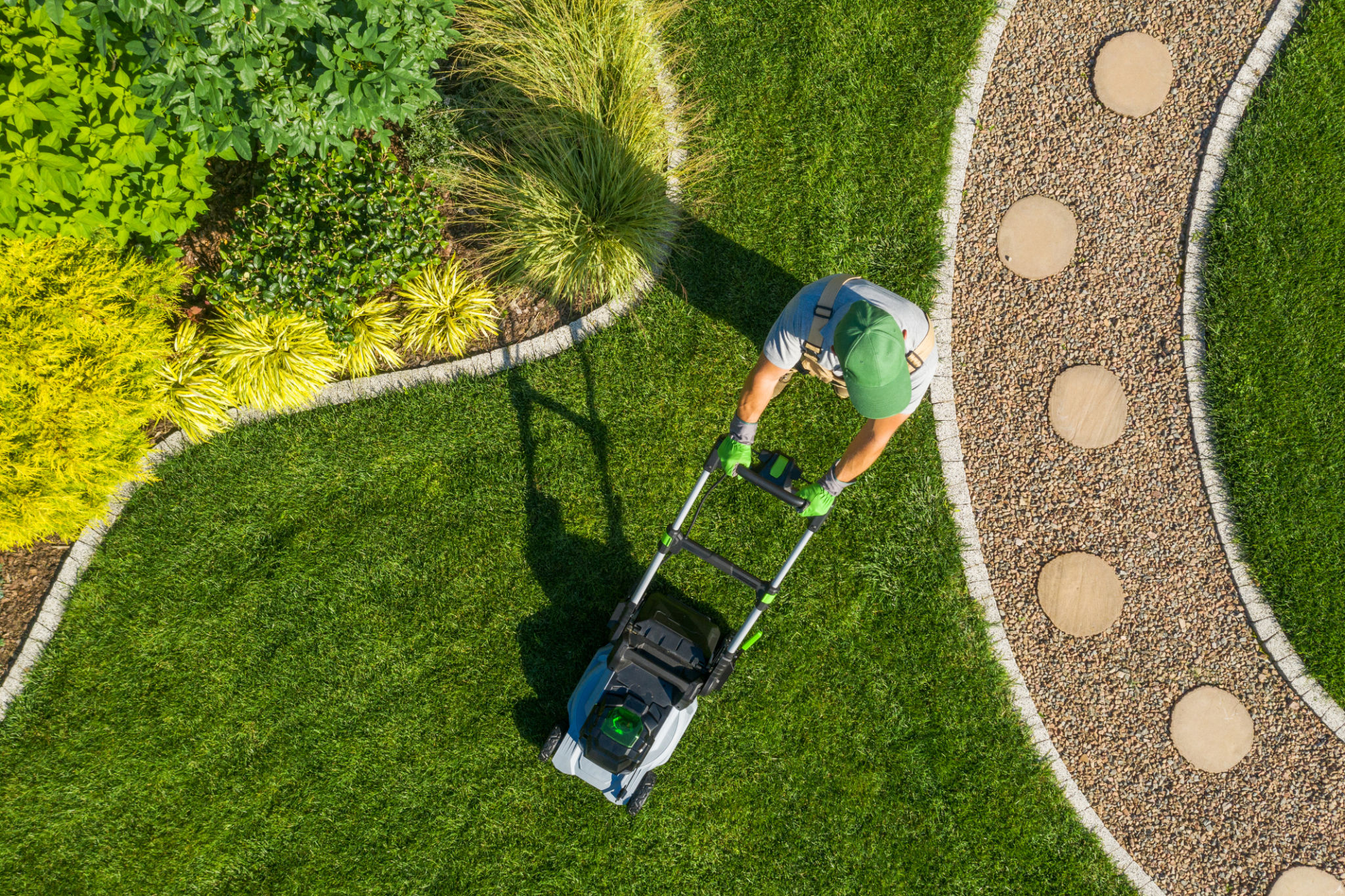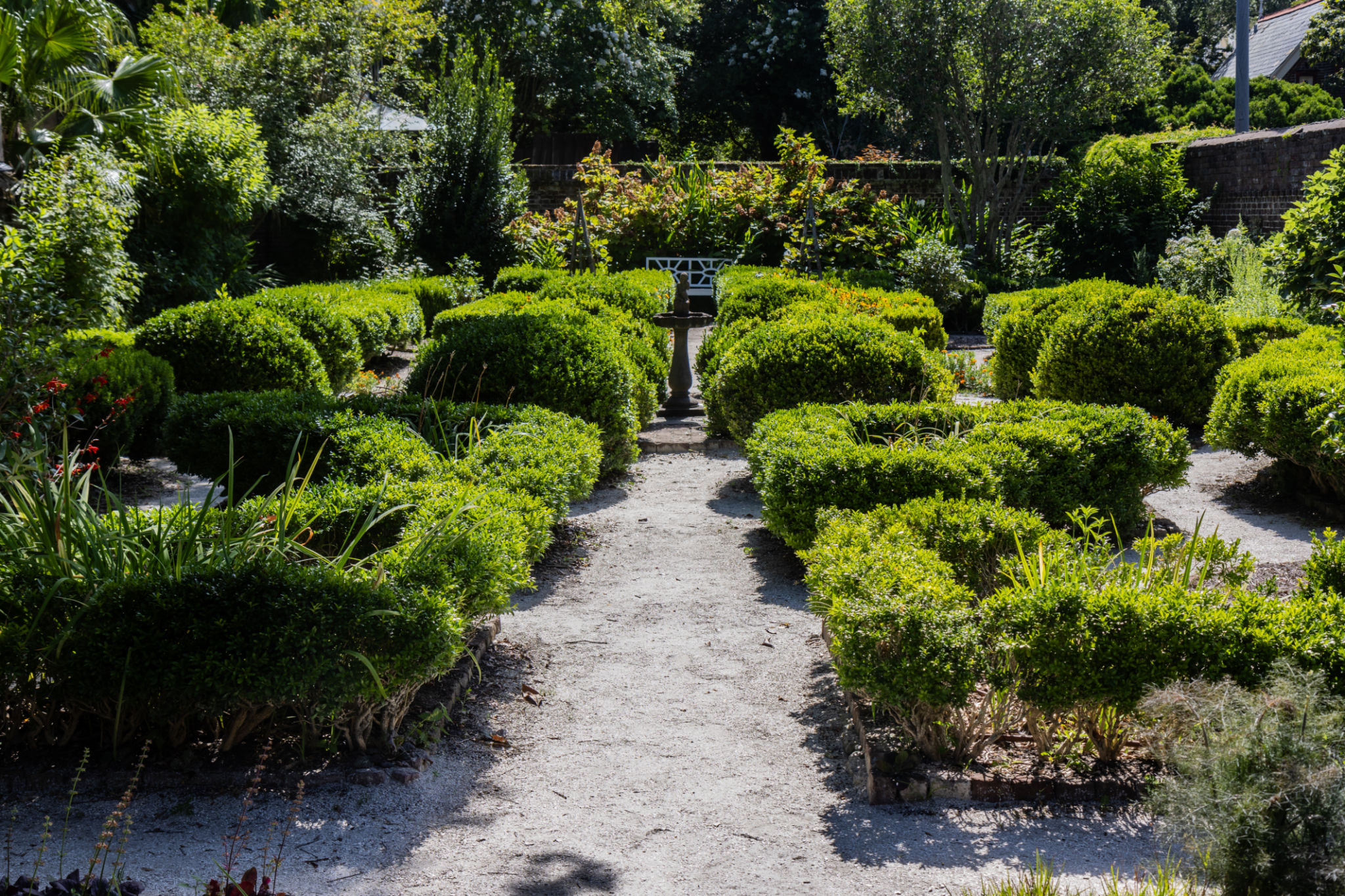Demystifying Common Lawn Maintenance Myths
Introduction to Lawn Maintenance Myths
Maintaining a lush, green lawn is a goal for many homeowners, but with so much conflicting advice out there, it's easy to fall victim to popular lawn care myths. Understanding these misconceptions can save you time, effort, and money—and lead to a healthier lawn. Let's explore some of the most common lawn maintenance myths.

Myth 1: Watering Every Day Keeps Your Lawn Green
One of the most pervasive myths about lawn care is the belief that watering your lawn every day is necessary for optimal health. In reality, daily watering can lead to shallow root systems and increased susceptibility to disease. Instead, aim for deep and infrequent watering. This approach encourages roots to grow deeper into the soil, making them more resilient during dry periods.
Myth 2: Shorter Grass Means Less Mowing
Another common misconception is that mowing your grass shorter will reduce the frequency of mowing sessions. However, cutting your grass too short can stress the plants, making them more vulnerable to pests and diseases. It's better to follow the one-third rule, which means never cutting more than one-third of the grass height in a single mow. This practice promotes a thicker and healthier lawn.

Myth 3: All Fertilizers Are Created Equal
Many people believe that any type of fertilizer will suffice for their lawn’s needs. However, different lawns have different nutrient requirements. Conducting a soil test can help determine the specific nutrients your lawn lacks. With this information, you can choose a fertilizer tailored to your lawn’s needs, ensuring balanced growth and vibrant color.
Myth 4: Dethatching Is Always Necessary
Dethatching can be beneficial, but it’s not always necessary. Thatch is a layer of organic matter that accumulates between the grass and soil. A thin layer can be beneficial, providing insulation and reducing evaporation. However, when it becomes too thick, it can block water and nutrients from reaching the roots. Assess your lawn’s thatch level before deciding on dethatching.

The Role of Grass Clippings
Some people believe that leaving grass clippings on their lawn leads to thatch buildup. In truth, grass clippings can be beneficial. They decompose quickly and return valuable nutrients back into the soil, reducing the need for additional fertilization. Mulching mowers are particularly effective at chopping clippings finely enough for easy decomposition.
Myth 5: Spring Is the Best Time to Seed
While spring might seem like an ideal time to seed due to moderate temperatures and rainfall, it’s not always the best choice for certain grass types. For cool-season grasses, fall is often preferable because it offers cooler temperatures and less competition from weeds. Understanding your region's climate and the type of grass you're growing is crucial for timing your seeding efforts effectively.
Conclusion on Lawn Maintenance Myths
Demystifying these common lawn care myths can greatly enhance your lawn maintenance strategy. By applying evidence-based practices, you can achieve a thriving lawn that enhances your home’s curb appeal. Remember, a little knowledge goes a long way in creating a sustainable and beautiful landscape.
